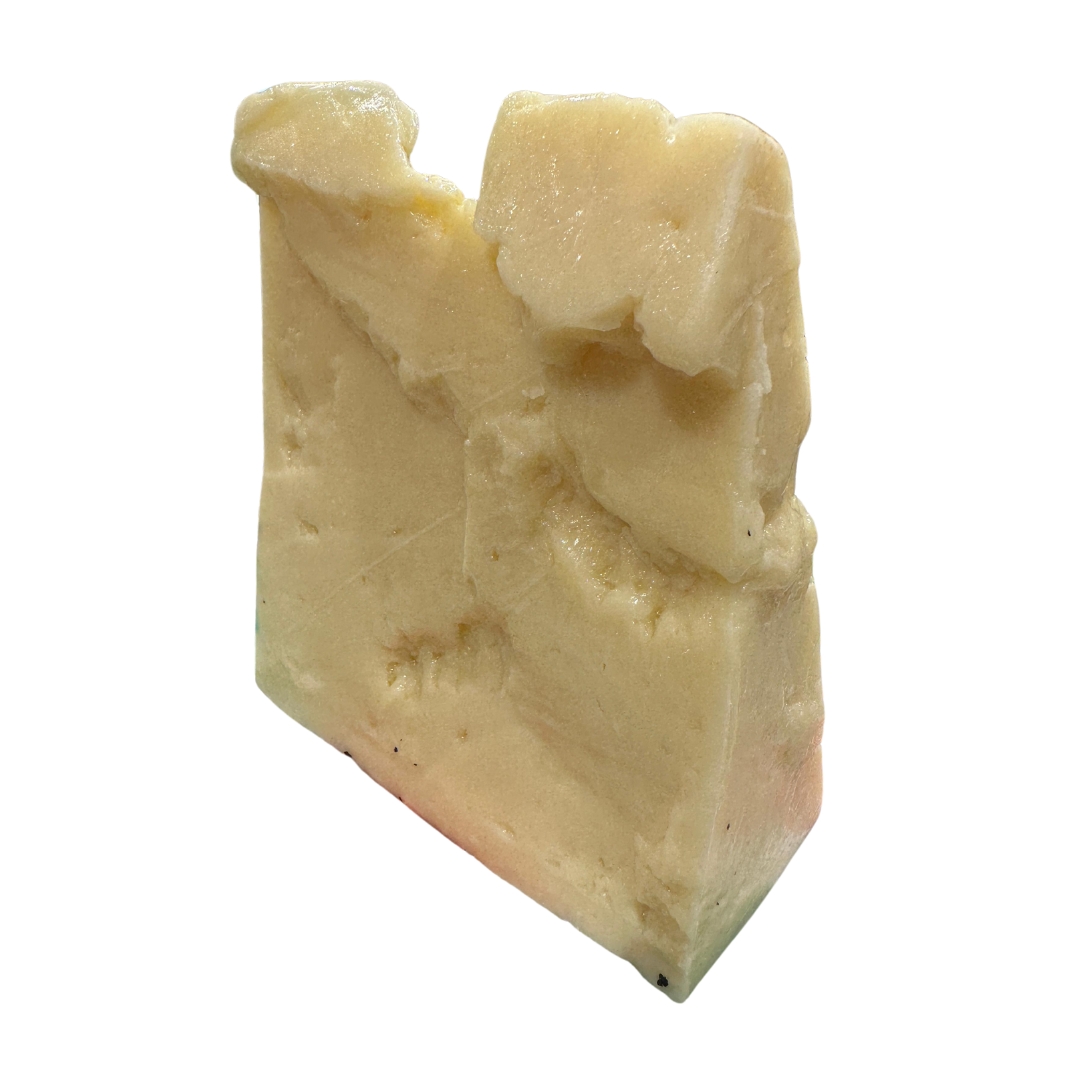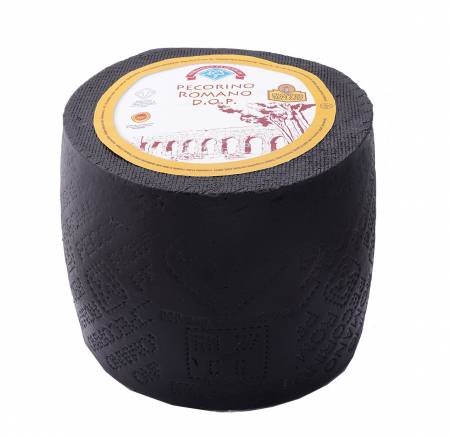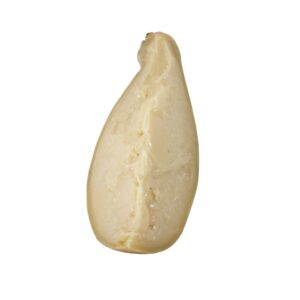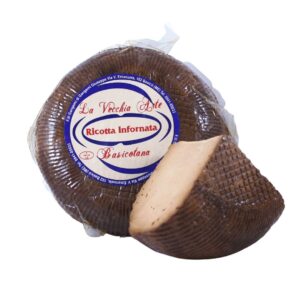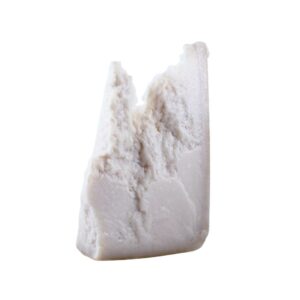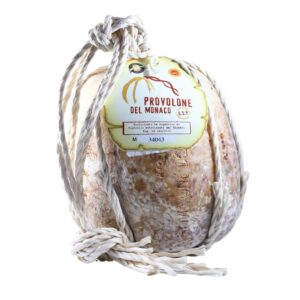Pecorino Romano D.O.P. is produced following the rules established by the Production Regulations published in 2009 in the Official Journal no. 271. The main points of the regulation are the following:
- The milk used comes from sheep raised in freedom and fed on natural pastures in Lazio. The milk is coagulated using lamb rennet paste, coming exclusively from animals raised in the same production area.
- The curd is cooked at temperatures between 45°C and 48°C.
- The salting process can be done dry or in brine. The minimum maturation is 5 months for table cheese and at least 8 months for the product to be grated.
- The external surface of the form is treated with protective substances of black or neutral colour.
- The diameter of the shapes varies from 25 to 35 cm.
- The height of the side edge varies between 25 and 40 cm.
- The weight of the forms varies between 25 and 35 kg.
PAIRINGS:
- Honey: chestnut, eucalyptus, or forest honeydew.
- Jams: peaches, apricots, or pears.
- Wines: aged and robust wines such as Sagrantino or Brunello. As for beers, we recommend Golden/Pale or Belgian Strong Dark Ales.
Pecorino Romano DOP is a hard, cooked cheese obtained from whole sheep’s milk from flocks raised in freedom and fed on natural pastures. Its production extends throughout the Lazio region, Sardinia and the province of Grosseto, in Tuscany. It has a distinctive aroma and an aromatic, slightly spicy, intense and pleasant taste. Pecorino Romano DOP should be stored in a cool, dry place, kept in its original packaging. It is excellent as a table cheese, paired with fresh vegetables and fruit, but it is also ideal as a grated cheese to enrich typical Roman dishes, such as bucatini all’amatriciana, spaghetti cacio e pepe and the famous trippa alla romana.

